Best Used Car, Services, Auto Parts, Rent Car Available for Buy and Sell Near By Go Ahead
- Emerging Trends in Farm Equipment for 2025
- 2025 Agricultural Forecast: Key Trends and Predictions for Crop Production in India
- Best Tractors in India 2025: Top 10 Picks for Every Farm Size
- Mini Tractors in India - Features, Prices, and the Best Options
- महिंद्रा मिनी ट्रैक्टर - कीमत, मॉडल, और सुविधाएँ
- New Holland 3630 TX Super Plus+ Tractor Review 2025: Features, Price and Performance
- Full Review of New Holland 3600-2 TX All Rounder Plus Tractor: Features, Price and Performance
- Top 10 Farm Equipment and Tools in India to Boost Agricultural Efficiency
- Exploring Top 10 Tractor Brands for Farming in India
- Understanding Tractor CC: Explaining the Concept and Significance
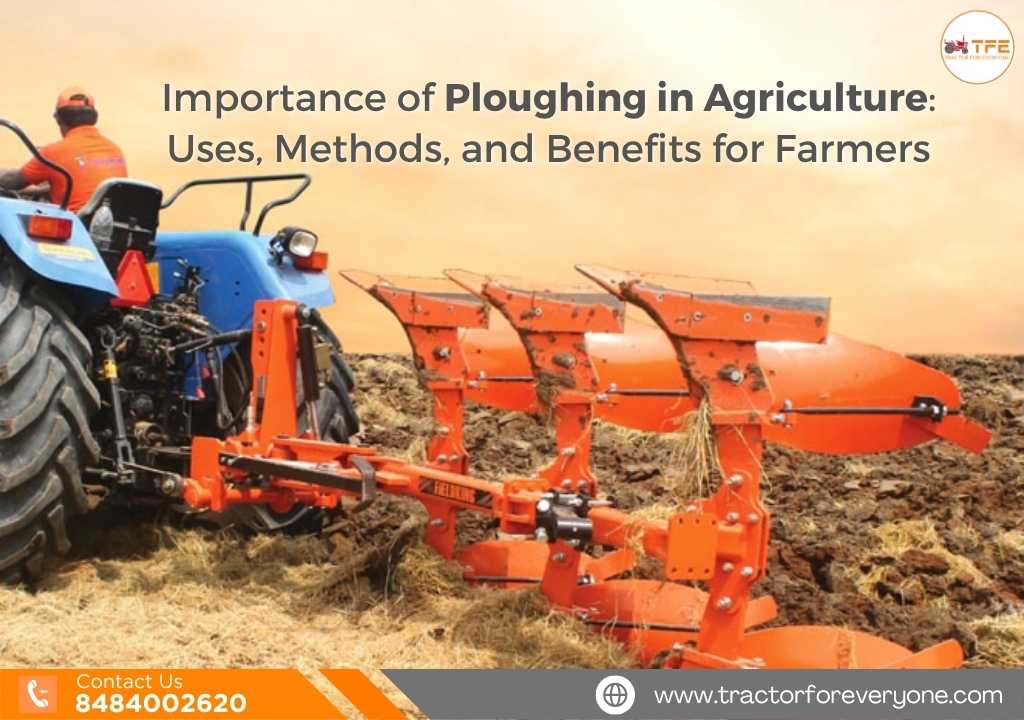
Importance of Ploughing in Agriculture: Uses, Methods, and Benefits for Farmers
Ploughing is one of the oldest and most essential farming practices used by farmers around the world. From ancient times to modern-day agriculture, ploughing plays a vital role in soil preparation and crop production. Whether it’s loosening the soil, mixing nutrients, or controlling weeds, ploughing sets the foundation for a successful harvest.
In this blog, we will explore the uses of ploughing in agriculture, how it supports healthy crop growth, and why it remains a fundamental step in modern farming.
What is Ploughing?
Ploughing, also known as tilling, is the process of turning and loosening the top layer of the soil to prepare it for sowing seeds. Traditionally, ploughs were drawn by animals such as oxen or horses, but today, tractor-drawn ploughs are widely used for efficiency and speed.
Top Uses of Ploughing in Agriculture
1. Soil Preparation
-
Loosening and Turning the Soil:
Ploughing breaks up compacted soil and allows better air and water movement. Loosened soil helps roots to penetrate deeper and absorb essential nutrients easily.
-
Creating a Seedbed:
A well-ploughed field provides a soft and crumbly seedbed ideal for seed germination. This ensures good contact between soil and seed, which is important for healthy sprouting.
-
Improved Water Retention:
Ploughed soil holds moisture better, especially capillary water that plants need during early growth. This also reduces water runoff and improves water use efficiency.
2. Weed Control
-
Burying Weeds and Their Seeds:
One of the major benefits of ploughing is that it buries weeds and their seeds beneath the surface, reducing their chances of germination and competing with crops.
-
Disrupting Weed Growth:
Weed seedlings are exposed to sunlight and air during ploughing, which dries them out and stops their growth before they take over the field.
-
Reducing Weed Seed Germination:
By burying weed seeds deeper, ploughing minimizes the chance of them sprouting during the crop season.
3. Nutrient Distribution and Aeration
-
Mixing Fertilizers and Organic Matter:
Ploughing helps in evenly mixing organic manure, compost, and fertilizers into the soil. This enhances the nutrient availability for growing crops.
-
Improved Soil Aeration:
Loosening the soil allows oxygen to reach plant roots, boosting plant health and helping in the decomposition of organic matter.
-
Supporting Microbial Life:
Ploughed and aerated soil supports beneficial microorganisms and earthworms, which naturally increase soil fertility and improve crop yield.
4. Better Drainage
Clayey or hard soils often suffer from poor drainage. Ploughing helps create small channels or furrows that allow excess water to drain, preventing waterlogging and root diseases.
5. Pest and Disease Control
Ploughing breaks the life cycles of soil-borne pests and diseases by exposing them to sunlight and air or burying them deep below where they can’t survive. This reduces their population before sowing the next crop.
Different Ploughing Methods Used by Farmers
-
Moldboard Ploughing
This method uses a moldboard plough with curved blades to turn over heavy or clayey soils. It’s highly effective in burying weeds, crop residues, and loosening the soil deeply for root growth.
-
Disc Ploughing
Disc ploughs are suitable for hard, dry, or rocky soils where moldboard ploughs may not work. They use rotating steel discs to cut through soil and create furrows while preserving topsoil.
-
Traditional Animal-Drawn Ploughs
Still used in some regions, these are cost-effective for small-scale farms. They are ideal for shallow ploughing and are often used for specific local conditions.
-
Tractor-Drawn Ploughs
Modern farmers mostly use tractor-mounted ploughs, such as the GreenSystem Single Bottom MB Plough, for efficient primary tillage. These ploughs help bring fresh nutrients to the surface and improve moisture retention.
Also Read: Unlock Your Soil’s Potential: The Power of Power Harrows
Modern Tools Used for Ploughing – Explained in Detail
With the advancement of agricultural machinery, modern ploughing has become faster, more efficient, and suitable for various types of soils. Let’s take a closer look at the main tools farmers use today for ploughing and land preparation.
-
Moldboard Ploughs
The moldboard plough is one of the oldest and most commonly used tools for primary tillage. It is specially designed to cut through the soil, lift it, turn it over, and break it into smaller clods. This process is especially helpful in clayey or heavy soils, where deep tillage is needed.
Farmers use this plough to invert the upper layer of the soil, which helps bury crop residues and weeds deep below the surface. It also brings fresh nutrients from the bottom to the top, improving soil fertility. Moldboard ploughs are usually mounted on tractors and are ideal for fields that haven’t been ploughed in a while or need a fresh start before sowing.
-
Disc Ploughs
When dealing with hard, dry, or stony soils, a moldboard plough may not be enough. That’s where the disc plough comes in. Instead of straight blades, it has large, round, and slightly concave steel discs that roll through the soil.
These discs slice, lift, and turn the soil just like a moldboard plough but are more effective in tough field conditions. Farmers prefer disc ploughs in areas with roots, rocks, or dry patches, where breaking the ground is a challenge. Another advantage is that they cause less soil erosion, making them good for hilly or uneven land.
-
Subsoilers
Over time, due to continuous tractor movement and rainfall, soil can become compacted deep below the surface, forming what is called a "hardpan." This hard layer prevents plant roots from growing deeper and restricts water from soaking into the ground.
A subsoiler is a special tool designed to break this hard layer, usually about 12 to 18 inches below the surface. It doesn’t turn the soil like a moldboard or disc plough, but it lifts and fractures the compacted soil, allowing roots to grow deeper and water to drain better. Subsoilers are often used once in a few years and are a powerful tool to improve overall soil structure.
-
Cultivators and Rotary Tillers
Once primary ploughing is done, the field may still have large soil clods and uneven patches. That’s where cultivators and rotary tillers are useful.
A cultivator is a tool with multiple tines or shanks that stir and break up the topsoil. It is ideal for secondary tillage, helping to smooth the field and prepare a fine seedbed. Some cultivators can also be used to remove small weeds.
Rotary tillers or rotavators go one step further. These are powered tools with rotating blades that finely crush and mix the soil. They are ideal for mixing in compost, fertilizer, or crop residues and are especially useful for vegetable growers or for preparing small plots where a smooth, soft soil is needed
Historical Significance of Ploughing
Ploughing has been practiced for thousands of years. Ancient Sumerians used wooden ploughs around 5,000 years ago. Over time, ploughing techniques evolved with technological advancements, helping farmers improve productivity and manage large fields efficiently.
Environmental Considerations
While ploughing has many benefits, excessive or deep ploughing can disturb soil organisms and increase carbon emissions by releasing carbon dioxide. To reduce the environmental impact, some farmers now adopt conservation tillage or minimum tillage practices.
Conclusion
Ploughing is much more than just turning soil – it’s the first and most crucial step in crop production. From improving soil structure and aeration to controlling weeds and mixing nutrients, ploughing directly influences the health and productivity of the soil. With modern tools and proper ploughing methods, farmers can ensure better crop yields while maintaining long-term soil health.
FAQs: Uses of Ploughing in Agriculture
Q1. What is the main purpose of ploughing in agriculture?
Ans: The primary purpose of ploughing is to loosen and turn the soil, prepare the seedbed, mix nutrients, and control weeds for better crop growth.
Q2. How does ploughing help in weed control?
Ans: Ploughing buries weeds and their seeds, exposing them to sunlight and air, which stops their growth and reduces competition with crops.
Q3. Which plough is best for hard or rocky soil?
Ans: Disc ploughs are ideal for hard, dry, or stony soils where moldboard ploughs may not be suitable.
Q4. Can ploughing affect soil fertility?
Ans: Yes, ploughing improves fertility by mixing organic matter and fertilizers and supporting microbial activity. However, over-ploughing may disturb the natural soil structure.
Q5. What is the role of a moldboard plough?
Ans: A moldboard plough cuts, lifts, turns, and pulverizes the soil, making it suitable for planting and managing crop residues.
Write a Comment
Popular Blogs
-
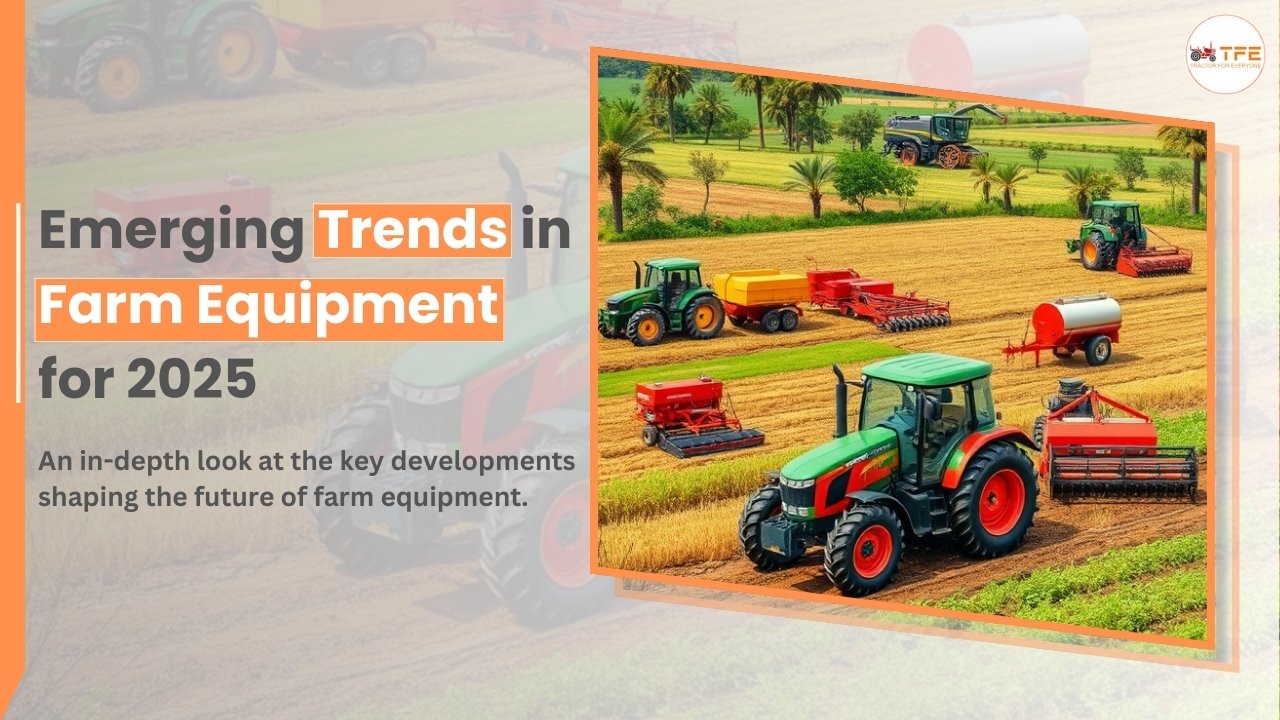
Emerging Trends in Farm Equipment for 2025
12/12/2024, POSTED BY ADMIN -
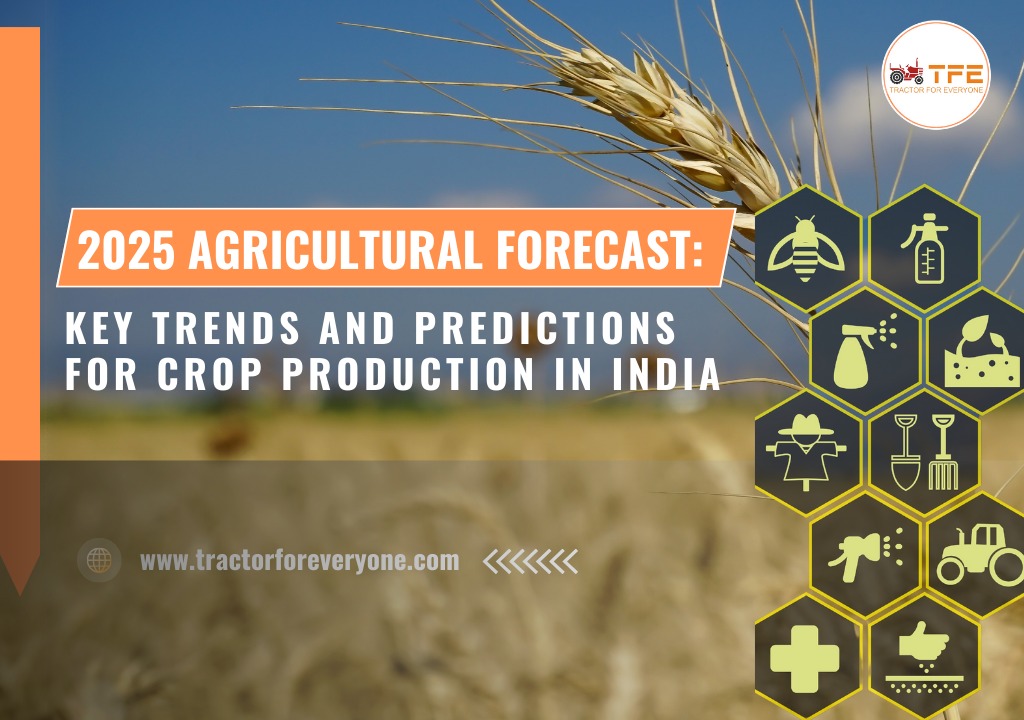
2025 Agricultural Forecast: Key Trends and Predictions for Crop Production in India
12/11/2024, POSTED BY ADMIN -

Best Tractors in India 2025: Top 10 Picks for Every Farm Size
05/29/2025, POSTED BY ADMIN -
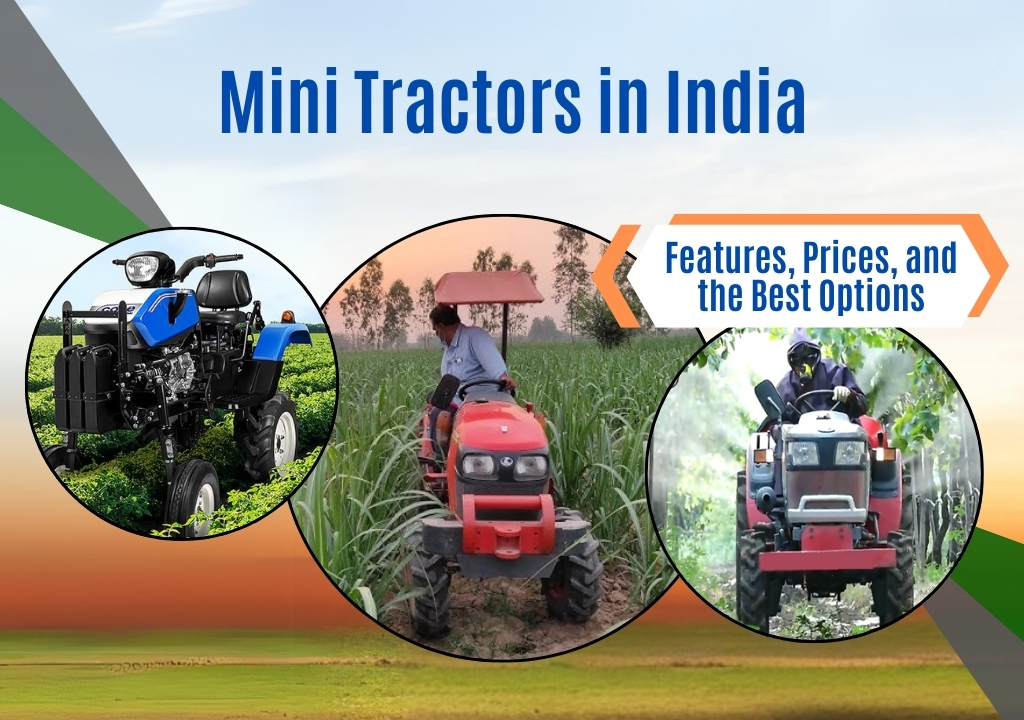
Mini Tractors in India - Features, Prices, and the Best Options
02/06/2025, POSTED BY ADMIN -
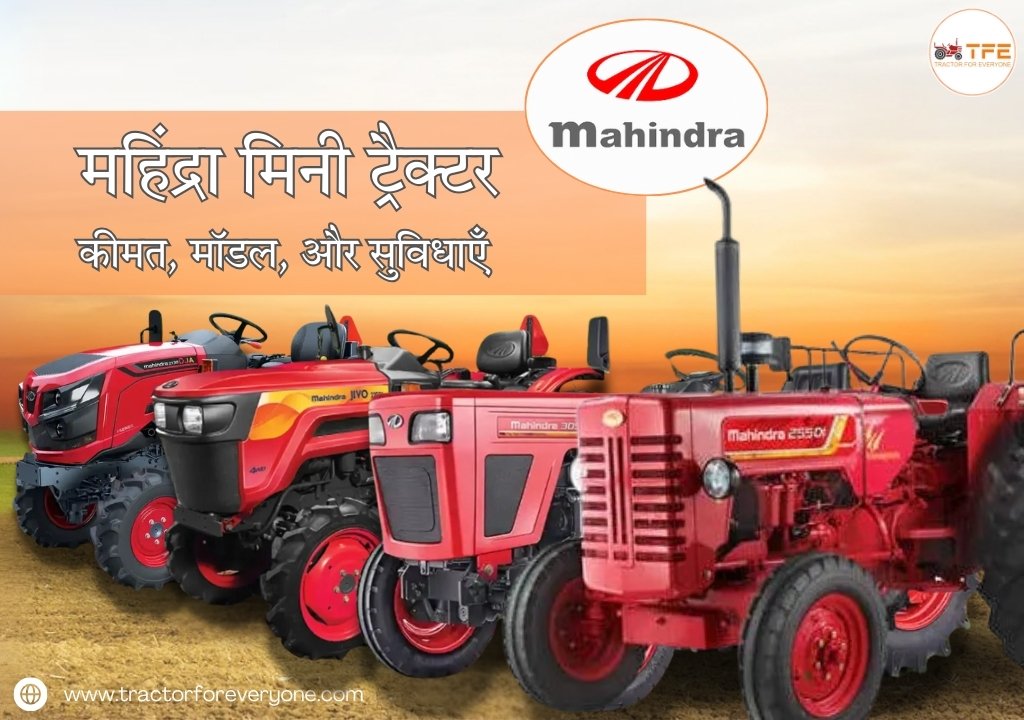
महिंद्रा मिनी ट्रैक्टर - कीमत, मॉडल, और सुविधाएँ
02/18/2025, POSTED BY ADMIN

